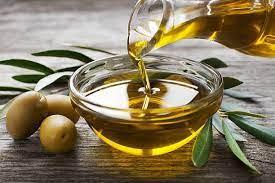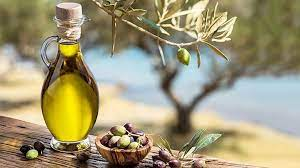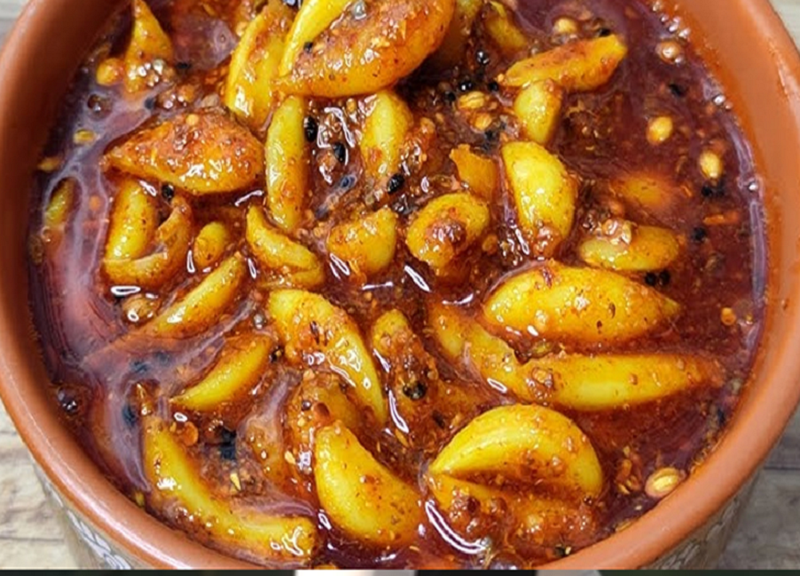People, who strive to eat healthy, often prefer ingredients that are nutritious and do not compromise the taste of the meal. Compared to any other cooking oil, olive oil is loaded with health-promoting compounds. It improves your cardiovascular health and brain functions, combats pain and also aids in weight loss among other benefits. But you may get confused about what to consume, with a wide range of olive oils available on the market. There are extra virgin, pure, refined, and others. Hence if you are switching to this healthy oil, here are a few things you should keep in mind–
Nutrition expert Selen Yalcin shares a few tips to choose the right olive oil–
Extra virgin is the best- The expert opines, “There are several different types of olive oil, but not all are created equal." Extra-virgin indicates the highest grade of olive oil. Hence, the oil is naturally extracted without heat, i.e. cold pressed or with chemicals. This helps the olives retain their purity of flavor and nutrients.
Stay away from light bottles- Selen suggests that exposure to light is the major damage to its quality ad it causes rancidity in olive oil. Buy your extra-virgin olive oil in a can, dark, or coated glass bottle.

Check the harvest date- An interesting aspect of choosing olive oil as per Selen is that the harvest date is a key indicator of transparency and quality. She mentions olive oil is best used within a year to 18 months of its harvest date. The expert recommends, “Opt for the early harvest," which means that the olives are greener, and contain higher levels of polyphenols. This compound serves as an antioxidant that contributes to flavor and health benefits.
Don’t buy if it’s too cheap- Selen estimates that producing olive oil costs up to 8 to 14 Euros in Italy which is nearly Rs 725 to Rs 1200. Then there are shipping and import charges. Therefore, if you are buying very cheap olive oil, it is probably not of the best quality.
Single country of origin- Lastly, Selen mentions that similar to other products like coffee or wine, a blend is considered to be of lower quality than a single-origin product. If the labels read “Product of Italy", it probably means that they were packaged there and not grown or pressed there.
Photo Credits: Google










